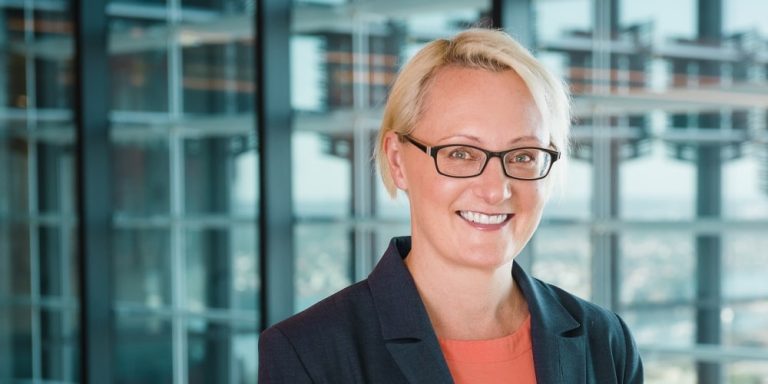
Diversity is often seen as one single issue centred around women in the workforce, however, genuine diversity is much broader and ultimately about respect for the individual.
While an appreciation of gender represents one of the biggest shifts in terms of diversity over the last 40 years, a paradigm shift is required in order for the diversity agenda to truly advance, said Shaun McCarthy, chairman of Human Synergistics.
“It’s about an acceptance of differences and valuing differences – be they gender-based, age-based, ethnicity-based, culture-based, beliefs/faith-based etcetera,” he said.
“It simply seems that the most visible way an organisation can demonstrate ‘diversity’ is through the number of females in various levels of the organisation. And of course, this in itself is a positive change.”
“Acceptance of differences” means more than mere “acceptance”, explained McCarthy, who said it means understanding and believing that differences help contribute to effectiveness and ultimately performance.
“We know that the more diverse people you have contributing to a decision, the more the variety of opinions, the more likely there will be a great solution. This impacts creativity, adaptability and innovation,” he said.
“We also know that the more diversity you have the more likely it is that the organisation will represent the population at large and thus more likely service such diverse markets more effectively. This impacts on quality of service.”
McCarthy also said it’s worth keeping in mind that the organisation is by definition a microcosm of the world – and the more it represents that broader world, the better it understands that world.
“The better it understands the world within which it operates, the better it can service that world,” he said.
“Increasing globalisation alone puts pressure on organisations to become more diverse.”
“The biggest obstacle to culture change in any organisation is the culture of the organisation itself”
Global disruption has spurred many organisations to focus more on innovation, and McCarthy said it has also forced many to look at the issues of organisational flexibility and agility.
“If we view diversity as a subset of flexibility, then diversity has a ‘home’ in terms of organisational strategy – how do we make our organisations more flexible and agile?” he asked.
“Get diversity at the strategic advantage level of the discussion and we will see positive change happen.”
However, McCarthy said the challenge for HR executives is to get the CEO’s attention on organisational flexibility and the benefits of diversity on the journey to becoming a truly agile organisation.
“This in itself then presents another challenge for HR – how to keep the momentum going on gender diversity while attempting to broaden the issue to organisational agility,” he said.
“It’s all about culture change, and our experience and research shows that the biggest obstacle to culture change in any organisation is the culture of the organisation itself.”
A recent review of data across 650 Australian organisations found that only 18 per cent score above the global average for ‘respect for members’ (Human Synergistics’ measure of diversity).
“Clearly we have a long way to go on this issue,” said McCarthy, who added that HR executives need to be on top of research and literature about diversity and how it benefits organisational performance.
The most important starting point for HR executives is to look at their organisation’s current culture, McCarthy said.
“This will help identify what is enabling and hindering any efforts to make diversity real,” he said.
“Make some improvements there and this will dramatically improve the odds of being able to capitalise on the opportunities that exist to benefit from diversity.”
While gender diversity has paved the way for a discussion about genuine diversity, McCarthy observed that many old attitudes still prevail about maternity leave and related aspects of gender diversity.
“I do believe that future trends will be about flexibility and agility,” he said.
“Diversity is part of that. As the so-called fourth industrial revolution hits home every organisation will find that the future will require organisations to be significantly more adaptive in a proactive way to rapid change – flexibility and agility.”
Image source: iStock



